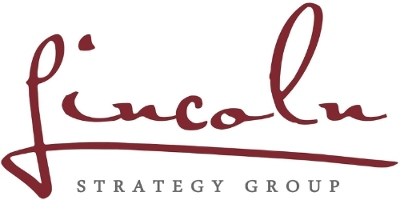In different walks of life, the debate continues eternally as to which is more important: quality or quantity. We’ve outlined in recent blog posts the fact that the quantity of philanthropy–both in a corporate and individual sense–is increasing over time. People are giving more time, more money and are more aware and cognizant of how businesses affect the world around them.
But what good is a high number of hours volunteered if they’re not quality hours? Or an employer-offered matching donations benefit if few employees take advantage? The backbone, then, of a truly effective corporate giving program is bolstered by finding a means of harnessing both quantity and quality in giving programs.
Donating at a corporate level is, at face value, a fantastic practice. But not all corporate giving methodologies are created equally, and to reach that point of combining quantity and quality, certain changes to the ways we give as a business must be examined.
Michael Norton at the Wall Street Journal suggests a change both in the practice of corporate philanthropy as well as the message behind it. The message delivered by many businesses
Is one of “you help us, we’ll help them,”–that is, if you shop at their store, utilize their service, or purchase their goods, a portion is donated to a charity. And while in essence this practice is a strong, socially responsible and philanthropic action to take, it requires the consumer to take action for money to be donated. Instead, says Norton, donate money regardless, and help the consumer decide where it goes. If consumers get a say in where the donations go, not only will a charity receive money regardless of the consumers’ actions, the “help us choose where it goes” option encourages action and engagement on behalf of the consumer.
This engagement can help foster a strong sense of togetherness with your consumers. The end goal–whether it’s helping the handicapped, bringing awareness to a disease, or helping to feed the homeless–is one then that you the business and the consumer can help fight together.
By forming this strong public relationship with consumers, a business can put its philanthropic endeavors at the forefront, helping its good graces with the public and improve perception. The benefits, then, becomes a triad. The business receives a stronger corporate social responsibility footprint and a bond with its consumers, the recipient of the philanthropic act gets donations, and the consumer forms a strong bond with the businesses in their community.
